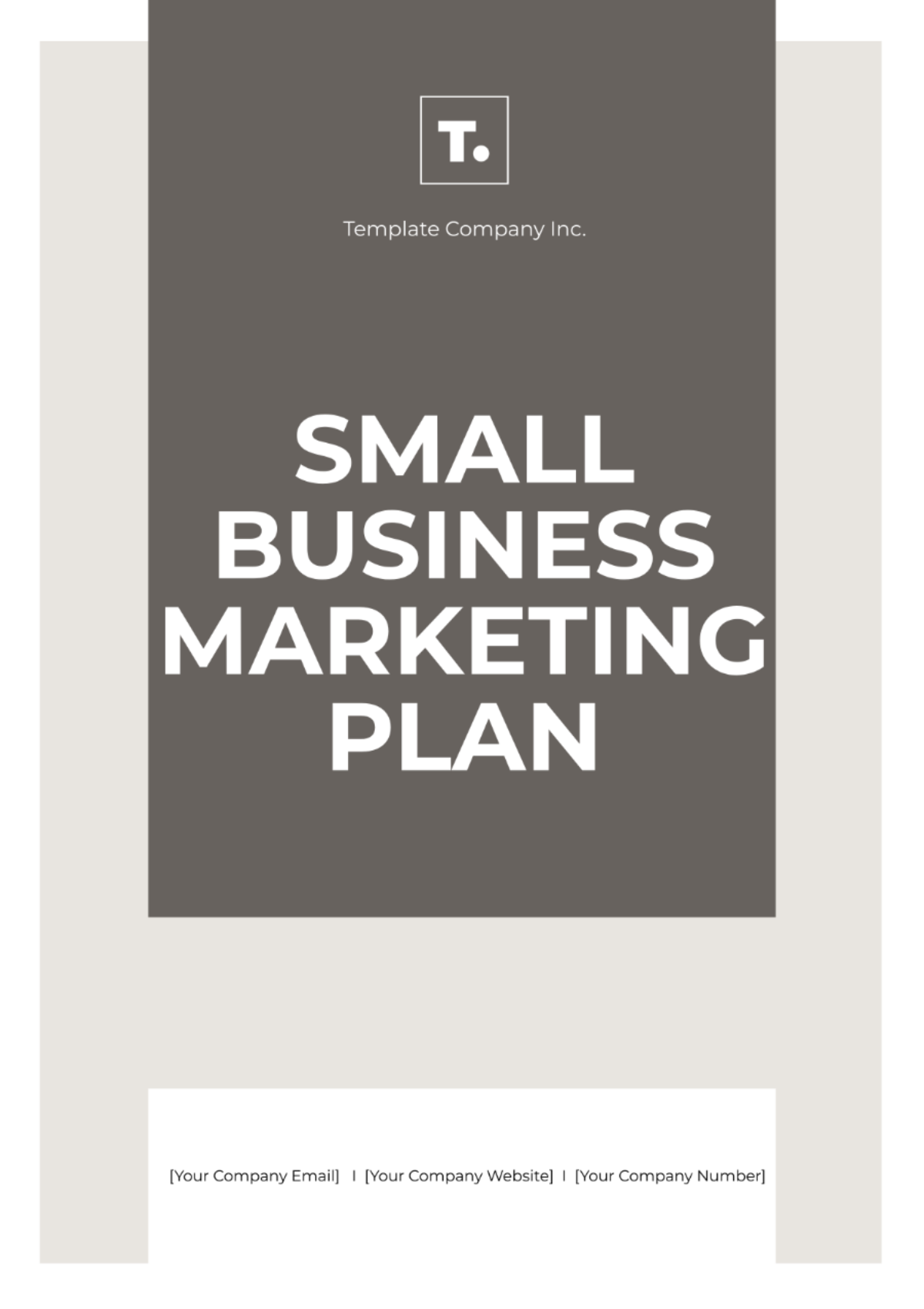Free Small Business Marketing Plan

Prepared by: | [YOUR NAME] |
|---|---|
Company: | [YOUR COMPANY NAME] |
Department: | [YOUR DEPARTMENT] |
Date: | [DATE] |
I. Executive Summary
[YOUR COMPANY NAME] is a fashion retail store, specializing in trendy clothing and accessories for young adults. The marketing plan aims to increase brand awareness, drive foot traffic to the store, and boost online sales by leveraging digital marketing channels and enhancing the customer experience.
II. Business Analysis
[YOUR COMPANY NAME] offers a curated selection of clothing, shoes, and accessories for fashion-conscious individuals.
The target market consists of young adults aged 18-35 with a keen interest in fashion and a moderate to high disposable income.
SWOT analysis:
Strengths: Unique product offerings, prime location, strong brand image.
Weaknesses: Limited online presence, reliance on foot traffic.
Opportunities: Growth in e-commerce, expansion of product line.
Threats: Competition from online retailers, and economic downturns.
III. Marketing Goals and Objectives
Increase store foot traffic by 20% within the next year.
Grow online sales by 30% through the implementation of targeted digital marketing campaigns.
Enhance customer loyalty and increase repeat purchases by 25% through personalized marketing initiatives.
IV. Target Market Strategy
Target young adults aged 18-35 with a passion for fashion and a preference for unique, trendy clothing.
Position [YOUR COMPANY NAME] as a fashion-forward brand offering exclusive, limited-edition items.
Value proposition: High-quality, on-trend fashion at affordable prices.
V. Marketing Strategies
Develop a robust digital marketing strategy focusing on social media marketing, influencer collaborations, and search engine optimization (SEO).
Enhance the in-store experience through personalized styling services, interactive displays, and exclusive events.
Implement a customer loyalty program to reward repeat purchases and encourage referrals.
VI. Marketing Tactics
Tactics | Channels | Timeline | Budget |
|---|---|---|---|
Social Media Campaigns | Instagram, Facebook, Twitter | Ongoing | $5,000/month |
Influencer Collaborations | Instagram, YouTube | Quarterly | $2,500 per collaboration |
SEO Optimization | Website | Ongoing | $1,000/month |
In-Store Events | Store location | Monthly | $500/event |
Customer Loyalty Program | In-store, Email | Launch and ongoing | $2,000 initial setup, $500/month for rewards |
VII. Budget and Resources
Total marketing budget: $50,000 per year.
Resources: Marketing team (1 marketing manager, 1 social media coordinator), external agencies for SEO and influencer collaborations.
VIII. Implementation Plan
Q1: Launch social media campaigns highlighting new arrivals and promotions.
Q2: Collaborate with influencers to showcase [YOUR COMPANY NAME]'s products.
Q3: Optimize the website for SEO and launch a customer loyalty program.
Q4: Host in-store events to engage customers and drive sales.
IX. Evaluation and Control
Monitor social media metrics (engagement, reach, conversions).
Track online sales and customer retention rates.
Conduct regular customer surveys and feedback collection.
X. Conclusion
The marketing plan outlined above provides a strategic framework for [YOUR COMPANY NAME] to adapt and improve its marketing strategies over time. By focusing on digital marketing, enhancing the in-store experience, and fostering customer loyalty, [YOUR COMPANY NAME] aims to achieve its marketing goals and drive business growth in the competitive fashion retail market.
- 100% Customizable, free editor
- Access 1 Million+ Templates, photo’s & graphics
- Download or share as a template
- Click and replace photos, graphics, text, backgrounds
- Resize, crop, AI write & more
- Access advanced editor
Elevate your small business with this Small Business Marketing Plan Template, exclusively offered by Template.net. This editable template, available in our AI Editor Tool, simplifies the process of creating a tailored marketing strategy. Customizable to fit your business objectives, this template helps you reach your target audience and achieve sustainable growth.
You may also like
- One Page Business Plan
- Coffee Shop Business Plan
- Restaurant Business Plan
- Food Business Plan
- Real Estate Business Plan
- Executive Summary Business Plan
- Cover Page Business Plan
- Nonprofit Business Plan
- Daycare Business Plan
- Construction Business Plan
- Startup Business Plan
- Medical Business Plan
- Bakery Business Plan
- Service Plan
- Hotel Business Plan
- Catering Business Plan
- School Business Plan
- Healthcare Business Plan
- Transportation Plan
- Sports Plan
- Car Wash Business Plan
- Salon Business Plan
- Clothing Business Plan
- Farming Business Plan
- Boutique Plan





























